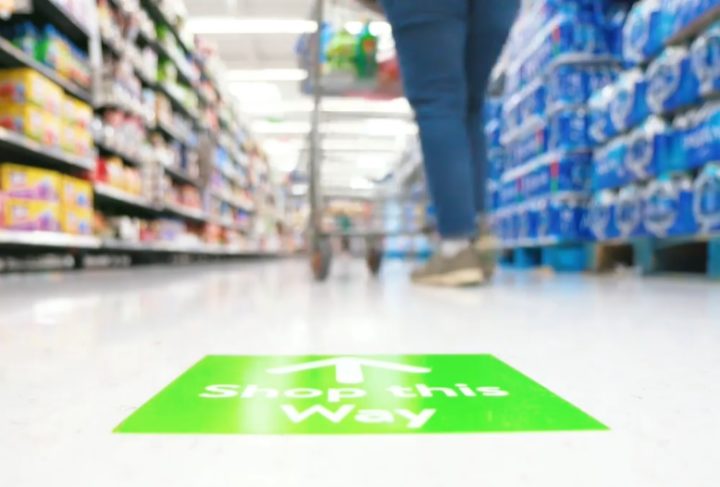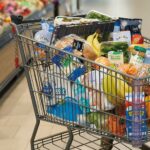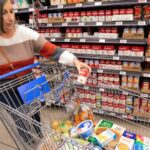
More people are getting vaccinated. More social distancing recommendations are being relaxed. But the surest sign that life is starting to return to something resembling normal, is that grocery shoppers aren’t as concerned about getting in, grabbing what they need no matter the price, and getting out. They want deals and savings again.
That’s the conclusion of the latest survey conducted by the retail analytics company dunnhumby. As compared to this time last year, “Americans are beginning to feel noticeably better about personal finances and are now prioritizing value over speed when they shop,” the company found.
Back in March of last year, at the onset of the coronavirus pandemic, 74% of shoppers said they were making fewer trips to the store, 63% said they were shopping at fewer stores, and 38% said they were spending more during every trip. As the year went on, more people who were concerned about safety over savings said they were “willing to pay more for quality,” were inclined to “buy more expensive items than I used to,” and admitted that they “don’t pay attention to prices.”
These days, “all of the changes in shopping behavior are less prominent than a year ago,” dunnhumby found. People are making more grocery shopping trips, they’re shopping around at more stores, and only 7% are fortunate – or financially reckless – enough to not pay any attention to prices.
And now that the grab-it-while-you-can, stock-up-regardless-of-price phase is past, more shoppers are looking for deals again. As many traditional grocery stores scaled back on their promotions last year, more shoppers gravitated toward places like Walmart and dollar stores that offer everyday low prices. But today, only about half of shoppers are still doing so. dunnhumby says more than four out of five shoppers are using additional “value-seeking strategies” to save money – 34% are searching online for coupons, versus 29% last September, and 21% now say they “use a lot of coupons,” as compared to 17% who said the same last fall.
And yet good deals are still not necessarily easy to find. “Although it has declined over the course of the year,” dunnhumby notes, “the percent of people who feel they are spending more far exceeds those who feel they are spending less.” 45% feel prices have gone up, with 43% saying they’re still paying more for groceries than they did before the pandemic. That’s not good news for shoppers who are still worried about their finances – 58% believe the economy is still weak, and 39% say their own finances have suffered. While those percentages have declined over the past year, “they are still prominent,” dunnhumby says.
Other aspects of grocery shopping seem to be slowly getting back to normal as well. About half of shoppers say their store is occasionally out of stock on certain items, down from three-quarters last year. Two out of five say their store still has some purchase limits in place, down from more than two-thirds last year. And a third say their store still has reduced operating hours, down from two-thirds last year. A majority of shoppers are understanding, but still a little annoyed, about these restrictions – “people recognized that they were necessary, but it still made them less than satisfied with their experience,” dunnhumby found.
Overall, the 70% of shoppers now identified as “value-seeking” far outstrip the 13% of shoppers described as “quality-seeking.” This, dunnhumby says, aligns with its recent Grocery Retailer Preference Index, “which postulated that the importance of value would return once consumers’ worry about the virus dissipated.”
So we’re not out of the woods just yet with the pandemic. But as grocery shopping begins to return to normal – we can only hope that the level of coupons and deals will as well.
Image source: Walmart










